History of the coliseum
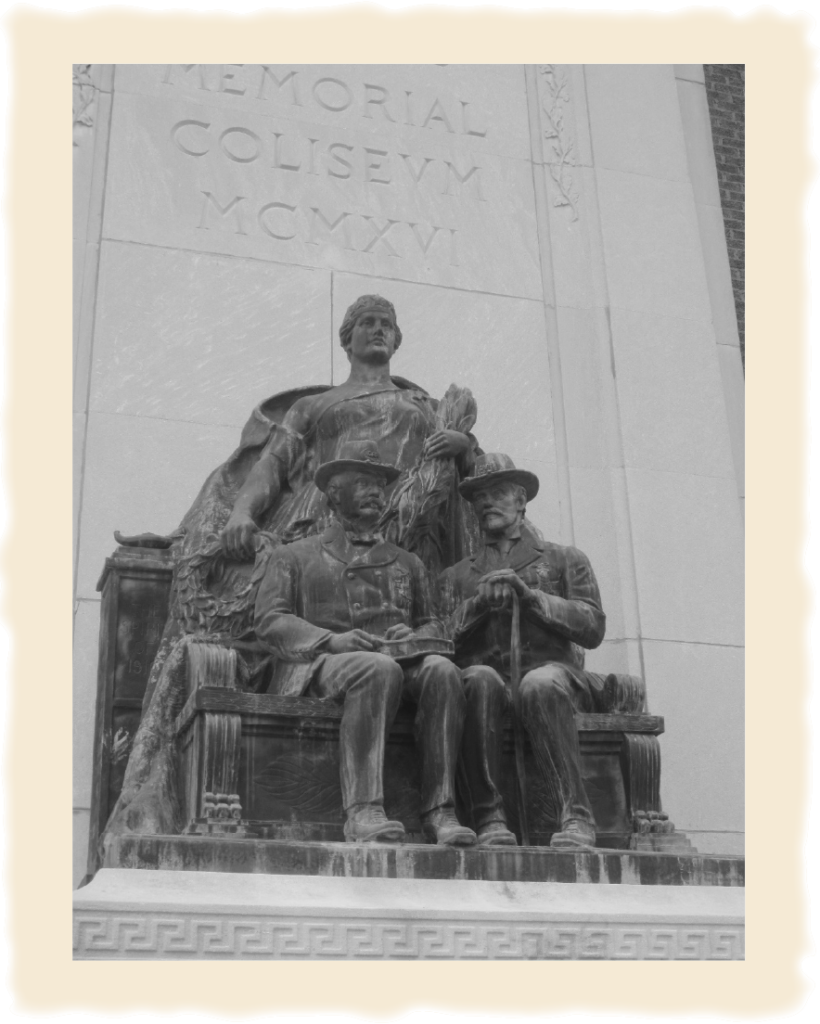
History
Soldiers and Sailors Memorial
The Soldiers and Sailors Memorial Coliseum embodies our community’s enduring gratitude to those who served.
Planned in 1913 and dedicated on April 8, 1917 — just two days after America’s declaration of war on Germany — this grand Beaux-Arts structure fulfilled two civic needs. It created a memorial to the veterans of the Civil War and Spanish-American Wars, and it provided southwestern Indiana with a beautiful venue for public gatherings.
Although the Coliseum was originally built to honor veterans of the Civil War and Spanish-American War, it has evolved over time to honor veterans of all wars. Today, it stands as a lasting tribute to all who have served our nation, across all eras and branches of military service.
As a modern public institution, its activities will advance the interests of Evansville and of Vanderburgh County; it will be the one big forum and meeting place for the use, benefit and enjoyment of all the people and will do much toward making Evansville a bigger and better city
Historic Timeline
A century of community life
Throughout its history, the Coliseum has been woven into the fabric of Evansville’s community life.
1917 - 1918
Served as a rally point for World War I bond drives and recruitment efforts
1930s
Provided a gathering space during the Great Depression
1940s
Hosted USO shows and community events supporting the war effort
1950s - 1970s
Became a center of Civic Life, hosting everything from high school graduations to political rallies to big band dances
1970s - present
Leased and maintained by the Council of Veterans Organizations of Vanderburgh County
Art and Architecture
Designed by local architect Clifford Shopbell (1871-1939), the Coliseum shares the Beaux-Arts style of American civic landmarks like the Library of Congress and Grand Central Terminal.
The building features a rectangular auditorium plan approximately 196 feet wide by 170 feet deep, constructed of reinforced concrete and steel with an exterior faced in “impervious” gray brick laid in stretcher bond, selected to match the Indiana Oolitic limestone used for the portico and decorative elements.
The most striking feature is the monumental 105-foot-wide portico of Greek Doric design, featuring six fluted columns in antis—each 27 feet high and of drum construction—with an entablature, cornice, and pediment. In the shallow tympanum, the flag and eagle emblem of the Grand Army of the Republic were carved in bas-relief, symbolizing the building’s memorial purpose.
Together with the Old Vanderburgh County Courthouse (1888-1890) and the Old Vanderburgh County Jail (1890), it completed a trinity of distinguished civic architecture at the heart of Evansville.
Listed on the National Register of Historic Places in 1979, the Coliseum represents an irreplaceable piece of architectural heritage that tells the story of both Evansville and American civic architecture.
George H. Honig
Bronze Sculptures
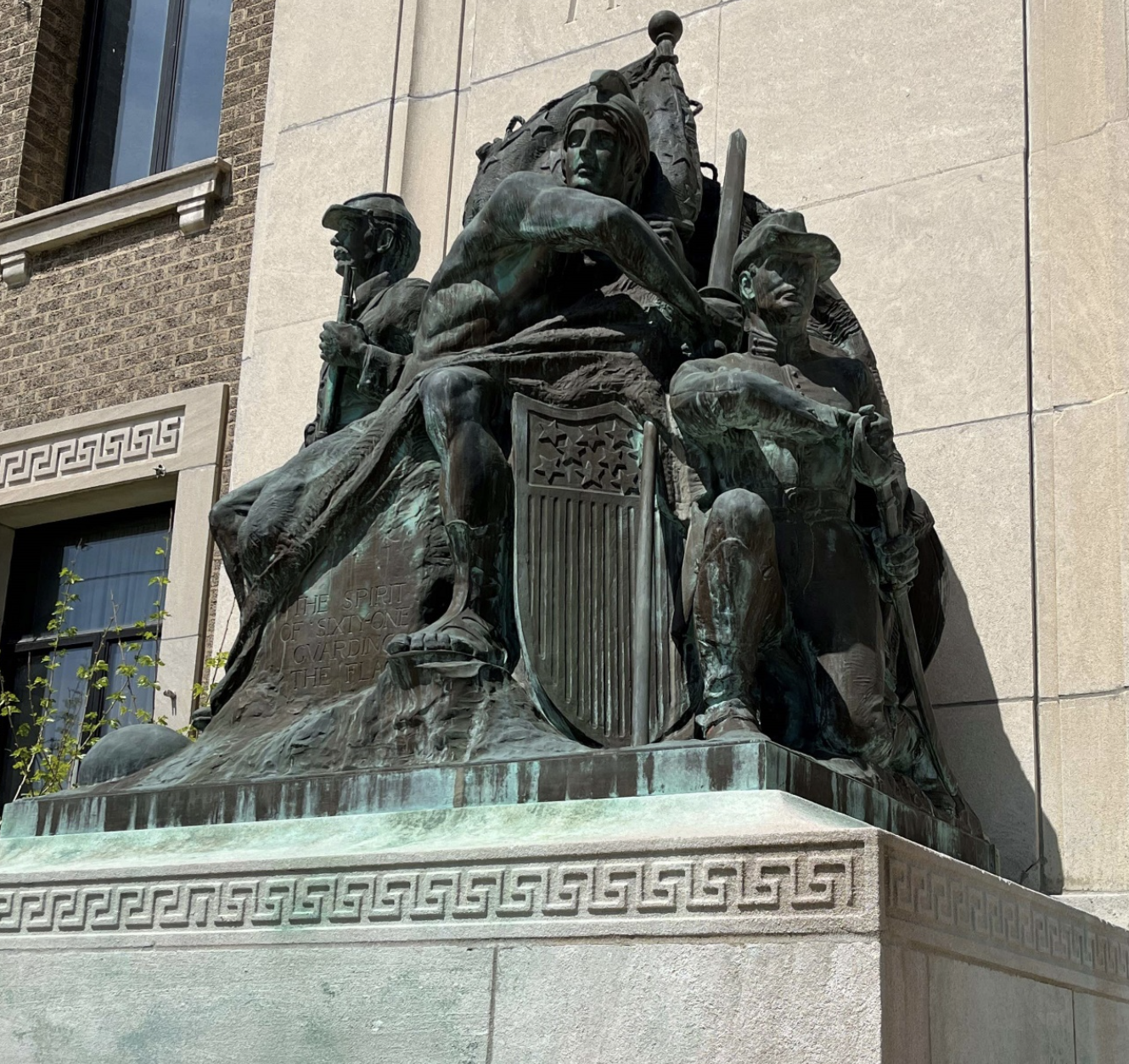
These life-sized bronze sculptures flank the Coliseum’s front steps. Created by local artist George H. Honig, they symbolize “Vanderburgh County at War” (Spirit of 1861) and Vanderburgh County at Peace (Spirit of 1916). Cast at the American Bronze Foundry in Chicago, these sculptures have welcomed visitors for over a century.
Nelson Wilson
Historic Murals
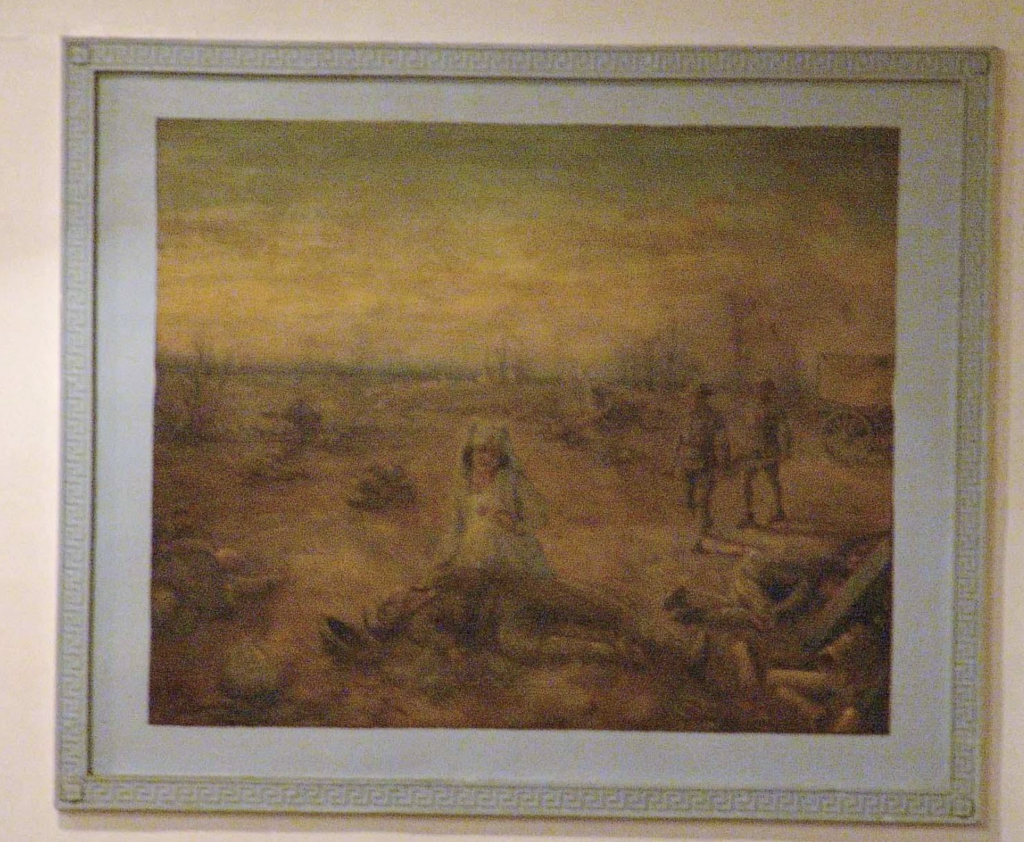
These murals flank the proscenium and represent two contrasting views of Evansville — one as a pioneer settlement and the other as a “modern city of the 1930’s.” These murals were painted by Nelson Wilson as a part of a major renovation effort in 1931.
M.P. Moeller, Inc,
Tinker Memorial Organ
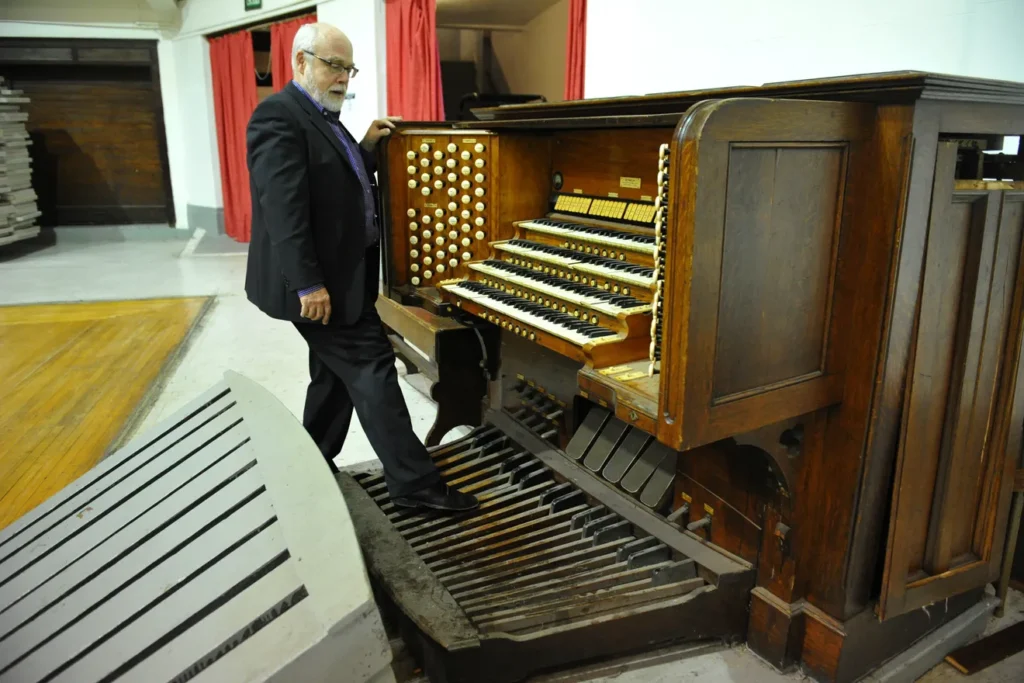
The magnificent pipe organ is composed of five separate organs and some 7,400 metal and wood pipes. Evansville purchased the instrument from the Methodist Centenary in Ohio. The instrument was dedicated to Professor Milton Z. Tinker, director of music for the Evansville public school system from 1868 to 1914.
The Tinker Memorial Organ was donated to Lynnewood Hall Preservation Foundation in May 2024.
